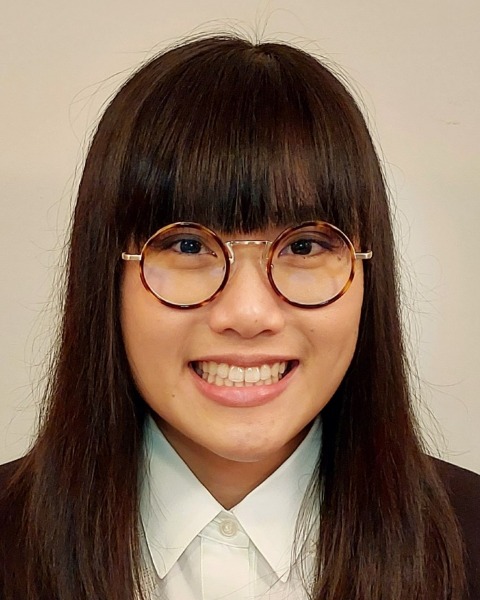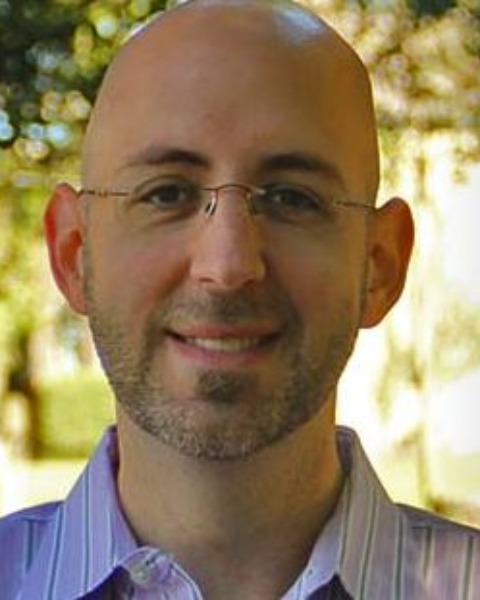SIR 2025
Venous Interventions
Scientific Session
Comparing the sensitivity of androstenedione versus cortisol for determination of selectivity in adrenal venous sampling for primary hyperaldosteronism

Sasicha Manupipatpong, MD (she/her/hers)
Integrated Diagnostic and Interventional Radiology Resident
Johns Hopkins University, United States
Mark L. Lessne, MD, FSIR
Vascular and Interventional Radiologist
Charlotte Radiology, United States- BH
Brian Holly, MD
Program Director
Johns Hopkins Hospital, United States
Presenting Author(s)
Author/Co-author(s)
To evaluate the sensitivity of androstenedione versus cortisol as a reference hormone to determine selectivity during adrenal venous sampling (AVS) for primary hyperaldosteronism {1-4}.
Materials and Methods:
A database of all patients who underwent AVS from 2009-2024 at a single institution was reviewed for demographics, comorbidities, imaging, endocrine labs, procedural details, histologic diagnosis, and surgical outcomes where available. Starting in 2022, AVS was performed without cosyntropin stimulation to decrease false negative lateralization {5,6}. Androstenedione, aldosterone, and cortisol levels were acquired. Samples were simultaneously taken from both adrenal veins, and from peripheral veins {7}. All patients with androstenedione levels were included. A paired two-tailed T-test was used to compare cortisol and androstenedione selectivity indices (SI). SI ≥ 2 was the cut-off for selectivity, although cut-off of 1.5 for cortisol does not reduce specificity {2,7}.
Results:
178 patients underwent AVS with androstenedione levels (2/15/22-9/7/24), including repeat unstimulated AVS in 6 due to initial non-selectivity. Imaging showed unilateral nodules in 61% and bilateral nodules in 12% (size 1.6 ± 0.8 cm).
Technical success was defined as bilateral cortisol SI (cSI) or aldosterone SI (aSI) meeting the selectivity threshold. 43% of patients had technically successful AVS based on cSI ≥ 2 and 65% based on cSI ≥ 1.5, compared to 86% based on aSI ≥ 2. aSI was 3.8 times higher than cSI (p < 0.001). Lateralization index (LI ≥ 4 {1}) confirmed unilateral aldosterone hypersecretion in 55.6% of patients and bilateral in 36%.
Follow up was available for 67 patients who underwent unilateral adrenalectomy, 73% of whom had lateralizing AVS results, with imaging or subthreshold LI determining laterality for the rest. 3% of patients had no adrenal nodules and surgery was guided only by AVS lateralization with technical success based on cSI ≥ 1.5, compared to 5% of patients based on aSI ≥ 2. Pathology demonstrated adenoma (84%), hyperplasia (15%), or cancer (1%). Postoperatively, 89% had improved blood pressure and 80% used fewer antihypertensives.
Conclusion:
Androstenedione may serve as a better alternative to cortisol in determining selectivity in unstimulated AVS, with significantly higher SI and frequency of meeting the selectivity threshold.


.jpg)